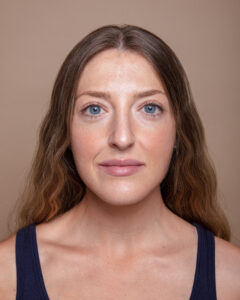Rhetorical Analysis of: “The Vaccine-Austism Myth started 20 Years Ago. Here’s Why it still Endures Today”
Johnathan D. Quick, MD, MPH and Hedi Larson wrote “The Vaccine-Autism Myth Started 20 Years Ago. Here’s Why It Still Endures Today” for Time Magazine in 2018 to communicate the necessity for childhood immunizations and address the fraudulent scientific claim that they cause Autism. At the time Dr. Quick was an instructor at Harvard University and a senior fellow at the nonprofit Management Sciences for Health while Ms. Larson was a professor of Anthropology, Risk, & Decision Science in London and Director of the Vaccine Confidence Project. Their backgrounds being both centered in academia and medicine, along with the intentional use of the word “Myth” in the title, lend the article immediately to a pro vaccination stance made by qualified medical professionals. However opening with references to click-bait headlines about the horrors of vaccines followed by “just a few examples of the fake science news stories shared this month on Facebook,” sets the tone for the subsequent language. The article was also published in Time and directed toward an audience of social media savvy parents, calling attention to any curiosity that may be felt when scrolling past such attention-grabbing stories. At this point it can be ascertained that the goal of the piece may not be entirely scientifically driven.
They begin by explaining that the vaccine-autism myth originated with an article written for a respected medical journal by Andrew Wakefield a former British MD. With Wakefield falsely linking the MMR (Measles, Mumps, and Rubella) vaccine to Autism. Later that paper retracted the article and he was de-licensed by medical authorities for deceit, yet the impact of his claim had lasting repercussions. The authors go on to catalog the resurgence of measles cases in the years following the publication and describe how an element of fanaticism came to surround Andrew Wakefield as he continued his platform “relentlessly” eventually making a documentary film that played in independent U.S. and European theaters. Showing how United States and Europe both had a significant increase in measles cases and measles related deaths after the now infamous article, due to parents choosing not to vaccinate their children out of fear and misinformation, is how Quick and Larson transition into what can be done to protect parents and their children going forward. They advise the general public to trust its primary healthcare providers, the medical community to double down on ensuring published scientific information has not been falsified and call for responsible and evidence-based reporting from print and broadcast media. Urging State health officials to enforce strict public health policies and finally asking parents and educators to help children ascertain critical thinking skills early in life so they may be prepared to discern fact from fiction as they navigate a new age of “social media, frequent distrust of authorities, and increasing epidemic threats.”
In their conclusion the authors reiterate that “we,” (the audience) “must be vigilant,” (the purpose) against “the dangerous long-term consequences,” (the central point) of “fake science,” (the exigence) “threatening the health and lives of everyone,” (the stance.) The article did not speak to any actual correlation between vaccinations and autism, past or present, nor did its writers seek to scientifically disprove the statement they used as foundation for their argument. This was, in fact, just a propaganda piece.


